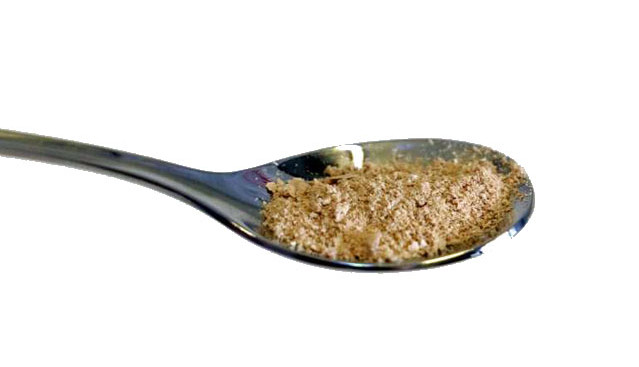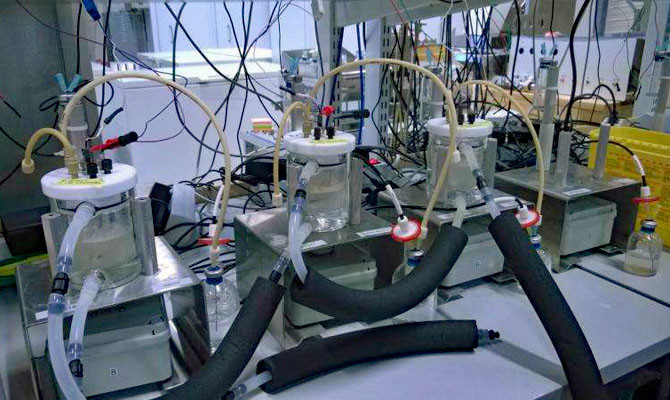CO2 + V = Protein
July 26, 2017
on
on

Researchers from the Lappeenranta University of Technology and VTT Technical Research Center of Finland have developed a process that produces single-cell proteins using just electrical energy and CO2. Their goal is to produce protein for human consumption or as animal feed without the environmental pollution associated with traditional agriculture.
The researchers have developed a manufacturing process that uses electrical energy and air to produce food. Using a mini-reactor the size of a coffee cup the team can produce 1 g of protein in about two weeks. The interesting thing is that the process generates almost no pollution and more importantly, is ten times more efficient than the use of sunlight for the production of soy proteins in conventional agriculture. So far there is no information on how the product tastes.

The goal now is to scale up the current-to-protein converter and to improve efficiency so that the product can be used for human and animal nutrition. Using electricity from renewable sources, it’s anticipated that the process will introduce significantly fewer pollutants into the environment and will not require pesticides and other processes associated with traditional agriculture. In the long term, it is hoped that the product will be of sufficient quality so that it can be used as food directly. The target is for the reactor product to consist of 50% proteins, 25% carbohydrates and 25% fats as well as fatty acids. A standardized ‘protein-reactor’ could play a vital role in alleviating famine.
The researchers have developed a manufacturing process that uses electrical energy and air to produce food. Using a mini-reactor the size of a coffee cup the team can produce 1 g of protein in about two weeks. The interesting thing is that the process generates almost no pollution and more importantly, is ten times more efficient than the use of sunlight for the production of soy proteins in conventional agriculture. So far there is no information on how the product tastes.

The protein-reactor. Source: Lappeenranta University of Technology
The goal now is to scale up the current-to-protein converter and to improve efficiency so that the product can be used for human and animal nutrition. Using electricity from renewable sources, it’s anticipated that the process will introduce significantly fewer pollutants into the environment and will not require pesticides and other processes associated with traditional agriculture. In the long term, it is hoped that the product will be of sufficient quality so that it can be used as food directly. The target is for the reactor product to consist of 50% proteins, 25% carbohydrates and 25% fats as well as fatty acids. A standardized ‘protein-reactor’ could play a vital role in alleviating famine.
Read full article
Hide full article


Discussion (1 comment)